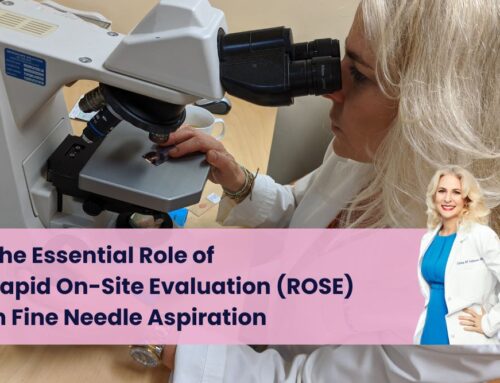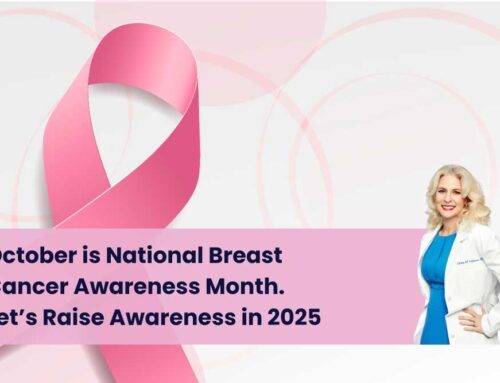Lipomas: Symptoms, Causes and an FNA Diagnosis
A lipoma is one of those soft tissue superficial lumps, like in the breast, that can cause a scare but actually turns out to be harmless. The trouble is, there’s no good way to tell exactly what’s under the skin – only that there’s a lump. A procedure called a fine needle aspiration (FNA) is the quickest, easiest way to set your mind at ease. This is performed by a board-certified cytopathologist or fine needle aspiration specialist.
Lipomas are benign growths, basically just encapsulated fatty tissue. They usually feel rubbery and are mobile, just below the skin. They are fatty lumps or fatty tumors, which means that even though they are tumors, they are not cancer and don’t turn into cancer. However, if left alone, they may continue to grow slowly.
Lipomas grow most often under the skin, such as on the back, shoulders, and arms, but they can occur anywhere in the body, including near blood vessels or within deeper soft tissue layers. They do not increase the risk of breast cancer. Scientists still debate what causes lipomas, but there are connections to genetics, including a rare inherited condition called familial multiple lipomatosis, where people develop a lipoma in multiple areas.
Although lipomas can occur at any age, they are most likely to appear in older adults between the ages of 40 and 60. When lipomas occur in a woman’s breast, it is usually after menopause. They grow slowly and may go unnoticed for months or even years. They are movable but typically painless and feel soft to the touch.
Women often discover them during self-breast exams, but some are picked up during a mammogram, CT scan, or MRI scan. If a breast lump is a lipoma, most doctors recommend leaving it alone and rechecking it with a mammogram in about six months.
However, if the fatty tumor is large or rapidly growing—especially in the thigh—the possibility of it being cancerous is higher. An FNA biopsy is a quick, efficient method to diagnose a lipoma tumor. The fine needle aspiration specialist inserts a very thin needle into the lump and withdraws some of the tissue or fluid. The specimen is examined under a microscope, and if the results show only normal fat cells, the diagnosis is clear — lipoma.
An FNA biopsy is advantageous to the patient because it is minimally invasive and has no downtime. Results are usually available within a day or two. The procedure is also much less expensive compared to an open biopsy.
If you have fat deposits under skin, or fatty lumps that you are concerned about, you should see a fine needle aspiration specialist for examination and discuss treatment options such as lipoma removal if necessary.
Lipomas don’t usually require removal unless they cause pain or discomfort, but understanding what are fatty tumors and lipoma tumor symptoms helps patients recognize when to seek medical advice. Rarely, painful lipomas may be linked to conditions like Dercum’s disease, which causes multiple painful fatty tumors throughout the body.



